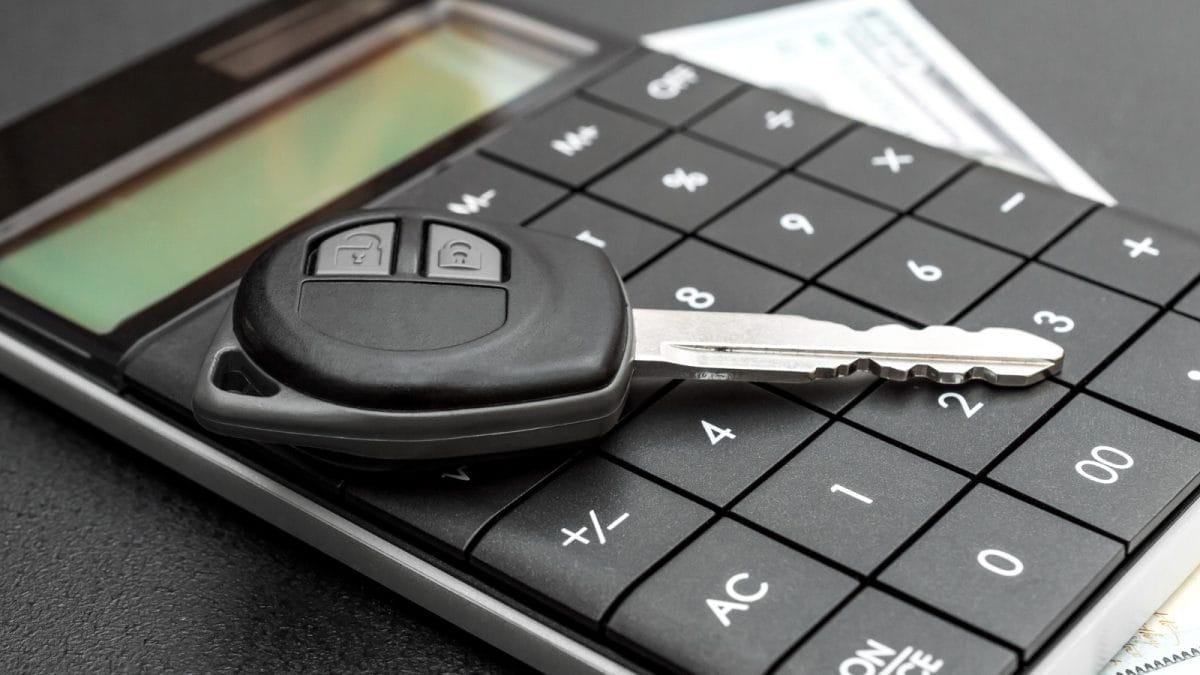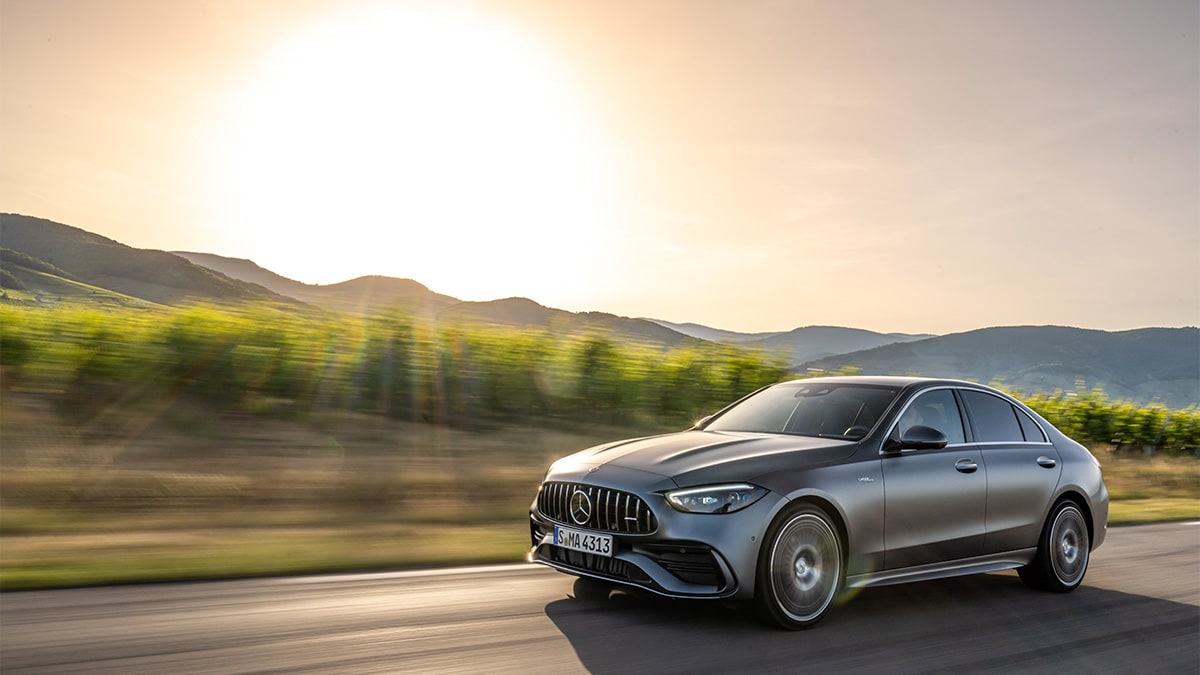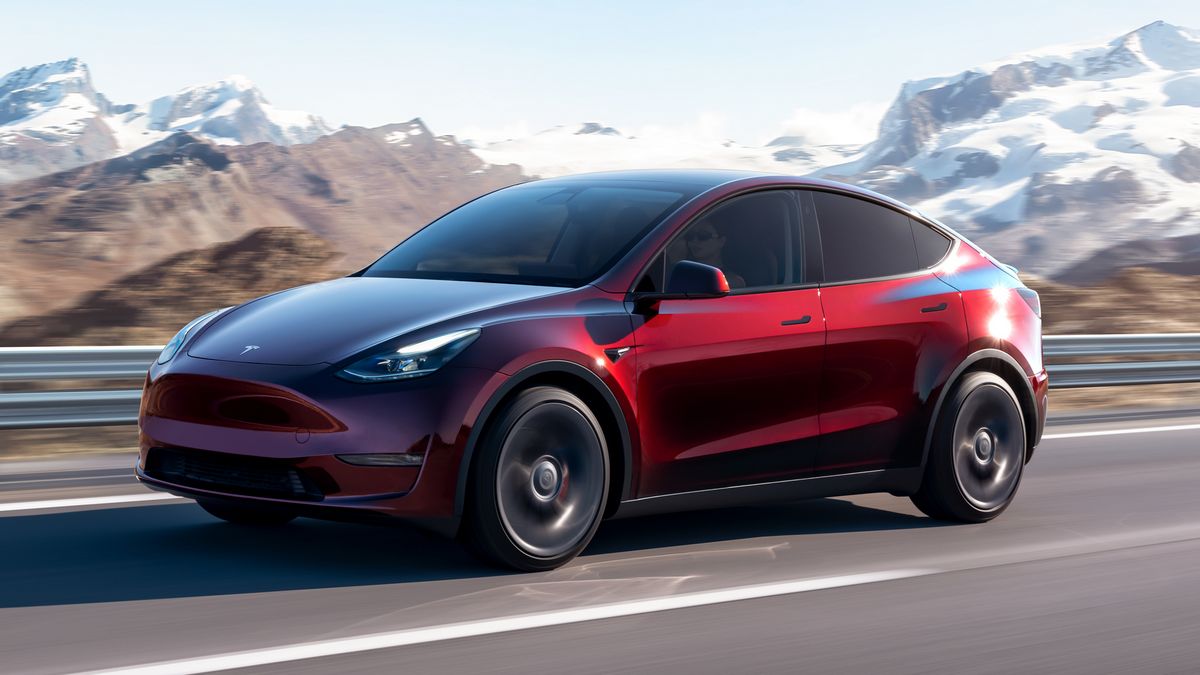Quick Facts About Financing Older Used Cars
As the average lifespan of cars steadily increases, more private sellers and some dealerships are offering vehicles made more than a decade ago. If the condition of an older model is good and it meets your needs and budget, will securing a loan be possible? Read on to learn about getting an auto loan for an older used car that still has some good years remaining.
Auto Loans for Older Cars With High Mileage
Some lenders have become more lenient with their loans for older cars. This shift doesn’t mean you will automatically qualify for thousands of dollars for a car loan when trying to finance an older automobile. But it’s much easier to find financing for a new-to-you car that’s more than a few years old.
Some banks, including Santander, and most credit unions will consider loans on older used vehicles.
Bruce Jackson, head of the Santander US Auto business and CEO of Santander Consumer USA, said the company “is always looking to offer competitive auto loan rates on used cars for our qualifying customers.”
He added, “In today’s market, where used cars are more plentiful than new vehicles, financing older models is a necessity that we are happy to provide and have provided for years to meet the needs of our customers. This includes offering financing for used vehicles within nine years of age, in accordance with our general vehicle policy.”
RELATED: How Hard Is It To Get a Car Loan?
What Is the Average Age of a Car?
According to automotive data from a recent study, the average age for cars on the road is 12.6 years old, the highest ever recorded, and two months older than last year’s average.
The reliability of cars today is only a portion of why we see people driving older vehicles. The pandemic and a chip shortage caused new and used car prices to spike to unseen levels. High prices and interest rates have kept many drivers in their current cars for as long as possible. The group of buyers typically shopping for late-model used cars now may consider older used vehicles.
RELATED: Is Now the Time to Buy, Sell, or Trade-In a Used Car?
What Is Impacting the Market for Older Cars?
A positive spin on the issue is that improvements in quality across the automotive industry mean carmakers are manufacturing more reliable cars that stay on the road longer. While that has contributed to the longevity of vehicles today, other reasons aren’t as upbeat. The lack of affordable options and limited availability sometimes force people to keep what they have for longer.
The auto industry took a hit during the height of the pandemic, but the aftereffects have shaken up the market. Parts shortages caused a lag in the number of cars produced. With fewer cars produced, demand goes up, and supply goes down.
MORE: How To Buy a Car From Out-of-State
Financing for High-Mileage Cars
Financing a high-mileage car is not a hassle like it used to be. Lenders are open to financing older cars since they tend to withstand the tests of time. While financing may be available through a dealership, local bank, or credit union, it’s best to know what you can afford and shop around for the best interest rate. Use our car calculators to crunch the numbers to see how much you can afford to pay for a used vehicle.
Banks and credit unions can help you along your car-buying journey. However, unlike banks, credit unions are owned by their members, not shareholders. This model allows credit unions to offer lower interest rates to buyers looking to finance a vehicle, even an older one.
You must look around for a loan that works for the vehicle you need. For example, my local credit union finances used cars up to 15 years old, but the vehicle must have less than 100,000 miles. The major bank I use restricts vehicle age to 10 years, but they can have up to 125,000 miles on the odometer.
RELATED: Hidden Finance Costs When Buying a Used Car
Credit Union vs. Banks
You must look around for a loan that works for the vehicle you need. For example, my local credit union finances used cars up to 15 years old, but the vehicle must have less than 100,000 miles. The major bank I use restricts vehicle age to 10 years for loans, but they can have up to 125,000 miles on the odometer.
Dawit Kebede, a senior economist at the Credit Union National Association in Madison, Wisconsin, said credit unions provide about a quarter of the financing for used cars in the industry. This share represents 64% of the total vehicle loans by value from their portfolio. As a result, credit unions can be a critical source of financing for consumers looking to buy affordable used cars that fit their needs.
“The shortage of semiconductor chips in this pandemic, which resulted in the lowest inventory of new vehicles at dealerships, led to a large volume of used car loan origination at CUs,” Kebede said.
Ensure you know your credit score before arriving at any bank, credit union, or dealership to request a loan. If not, you will likely need to put down a larger down payment.
Of course, a potential borrower needs to be a member of the credit union that administers the loan. Similar to traditional banks, membership is as simple as opening an account. And remember to check the vehicle history report early in the shopping process. Also, consider scheduling a car inspection at a reputable auto repair shop.
Related Car Buying and Financing Stories:
Editor’s Note: This article has been updated since its initial publication. Rick Kranz contributed to this report.






